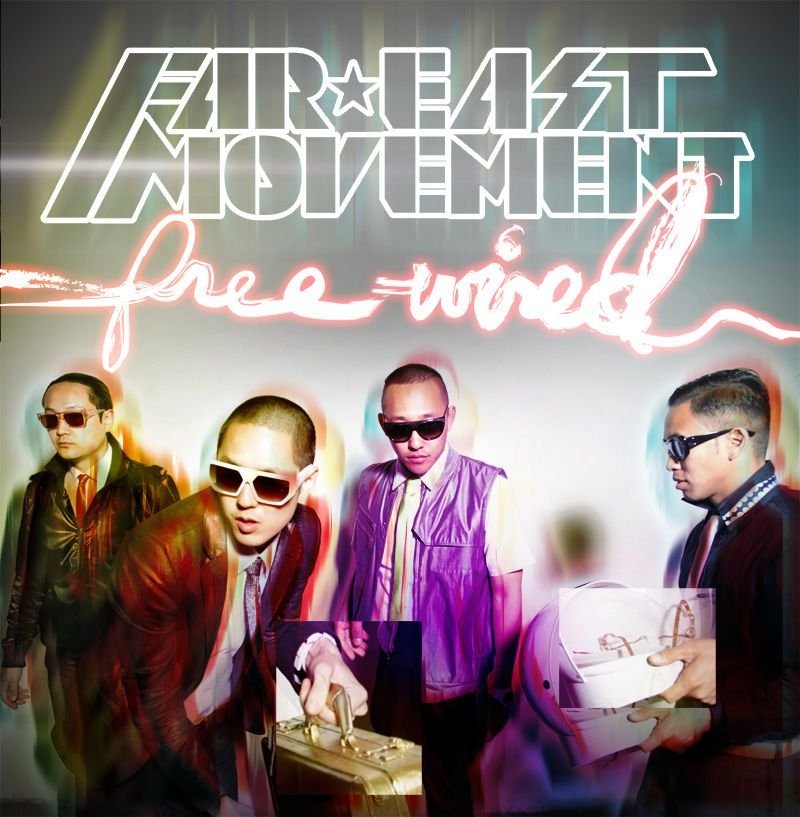BA – Back in 2010, when club anthems ruled the charts and auto-tune was the king of the airwaves, a track dropped that didn’t just join the party—it hosted it. “Like a G6” by Far East Movement, featuring The Cataracs and Dev, wasn’t just another banger—it was a cultural earthquake. From college dorms to neon-lit dance floors, it became the soundtrack of a generation that craved chaos, confidence, and champagne. What made “Like a G6” so potent wasn’t just its infectious beat—it was the attitude. The production was icy, minimalist, almost robotic—but somehow still hit with the warmth of a reckless night out. The synths sliced through the air like strobe lights, while Dev’s hook—”Now I’m feelin’ so fly like a G6″—stamped itself into our brains like a neon tattoo.
The brilliance of the song lies in its unapologetic simplicity. There’s no philosophical message. No emotional breakdown. No heartbreak. It’s about popping bottles, getting slizzard, and feeling fly as hell. In a world that constantly asks us to think, analyze, reflect—“Like a G6” gave us three minutes and thirty-nine seconds of zero f*cks given. But here’s the twist: while most party anthems fade with time, “Like a G6” somehow stayed. It’s not just nostalgia—it’s durability. It plays in clubs today and still gets heads nodding. Why? Because it doesn’t pretend. It knows it’s over-the-top. It embraces the excess. And in doing so, it becomes timeless.
The phrase “G6” itself is iconic. A made-up term that sounds cooler than “G4,” it became a pop culture mystery and meme. Nobody knew what a G6 was—but everybody wanted to be one. It was swagger without effort, luxury without logic. That’s genius branding. That’s sonic mythology. Far East Movement also changed the game behind the scenes. They became the first Asian-American group to top the Billboard Hot 100—a milestone that shattered ceilings and inspired a generation. Before BTS, before Rich Brian—there was “Like a G6.” It wasn’t just about turning up. It was about showing the world who gets to own the room.
The track also reflected a deeper truth: we needed an escape. Post-recession youth were broke, stressed, and uncertain—but when that beat dropped, none of it mattered. It was pure fantasy. You weren’t in your tiny apartment—you were on a private jet, sunglasses on, ice in your glass, and the world at your feet. And the beat? It still slaps. That dirty, gritty bassline. The stuttering percussion. The space between the sounds. It doesn’t overwhelm—it seduces. Producers today still try to mimic that balance of chaos and control, and few do it as well as “Like a G6” did 15 years ago.
Even on TikTok, the song refuses to die. Remix after remix. New generations discovering it, not because it’s retro—but because it still goes hard. That’s the secret to longevity in music: make people feel something. Doesn’t have to be deep. Just real. Just raw. Just reckless. So next time you hear that hook drop, don’t just call it a throwback. Recognize it for what it is: a cultural monument. A sonic snapshot of a time when we partied like there was no tomorrow—and somehow, brought that party into the future with us. Like a G6? Always.














